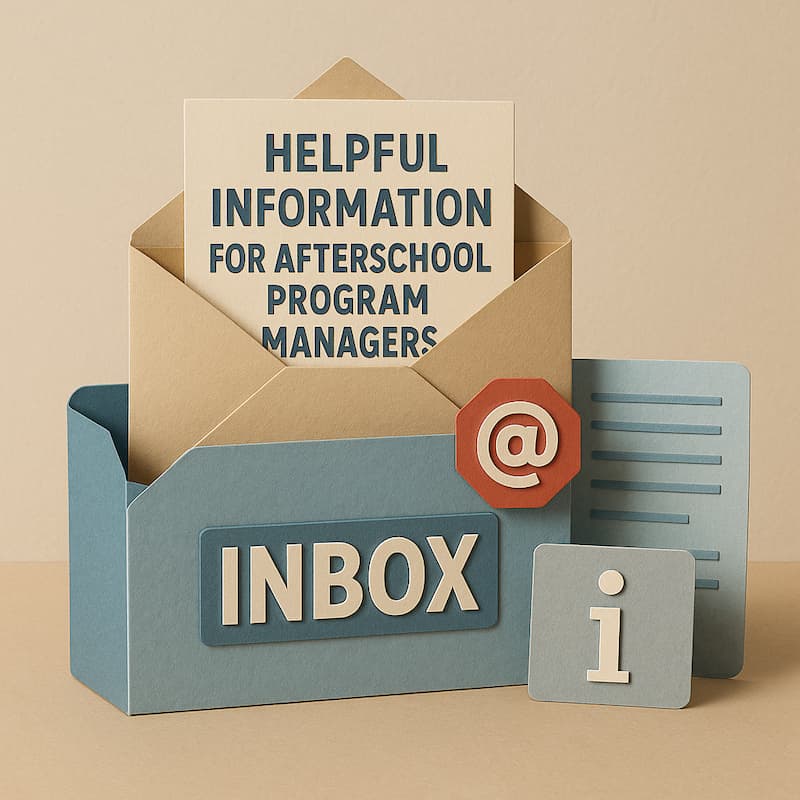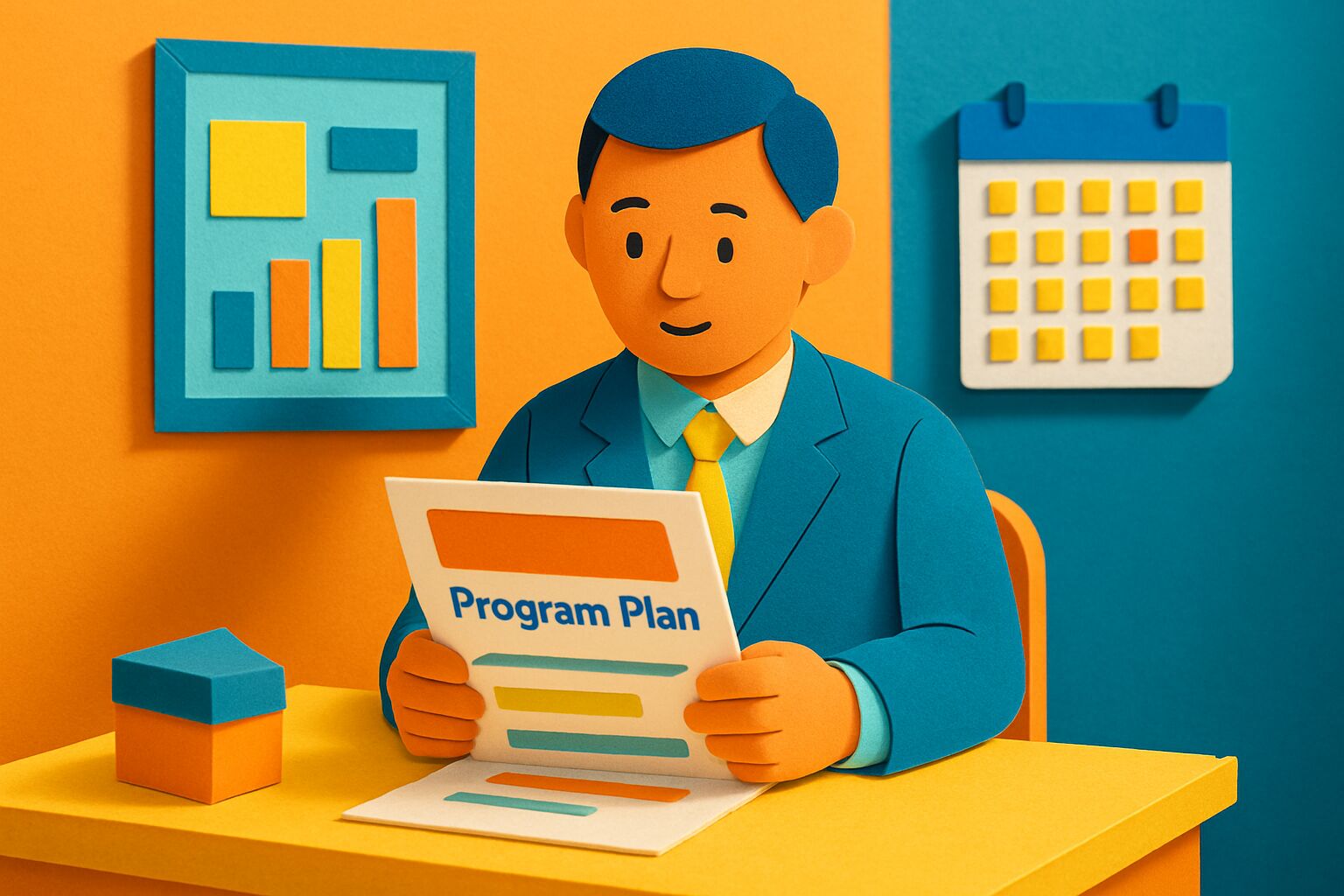How to Start an Afterschool Program?
Schools often decide to start an afterschool program when the signs point to a need. It might be students lacking safe spaces after school, rising absenteeism, or gaps in enrichment opportunities. To start an afterschool program, administrators begin by assessing community needs, researching potential activities, and determining if they must meet legal and licensing requirements.. From there, starting a program turns to planning for staffing, facilities, and funding. The process varies by community, but the goal is the same: to create a program that responds to real needs and supports students beyond the school day.
Table of Contents
- Why start an afterschool program?
- What are the first steps to starting an afterschool program?
- What enrichment activities can you offer?
- What legal requirements apply to afterschool programs?
- How do you budget for an afterschool program?
- How do you hire and train staff?
- How do you set up registration and enrollment?
- Follow-up questions
Why start an afterschool program?
Afterschool programs provide safe, structured environments for students once the school day ends. They support working families, reduce unsupervised time, and offer enrichment activities that promote creativity, health, and social development. Communities also benefit from stronger school–family partnerships.
What are the first steps to starting an afterschool program?
The process begins with a needs assessment. Survey parents and students to learn what care or activities are missing, consult teachers for insights, and engage community partners like libraries, youth clubs, or recreation departments. A planning committee or advisory group can help guide decisions and build early support.
What enrichment activities can you offer?
Successful programs balance variety and student choice. Options include:
- Arts and music classes, such as painting or choir
- Drama and dance workshops
- STEM clubs like robotics or coding
- Sports, yoga, or free play for physical activity
- Special-interest clubs, such as cooking or chess
- Community service projects or life skills training
See our article on What is an after school program? for more background.
What legal requirements apply to afterschool programs?
Requirements vary by state. Many states classify afterschool programs as child care and require licensing for health and safety compliance. Some public school–operated programs may be exempt, while third-party providers often need a license. Other requirements may include fire and safety codes, insurance, or district approvals. Always check with your state’s child care licensing office.
How do you budget for an afterschool program?
Budgeting includes startup costs (supplies, equipment, licensing fees, marketing) and operating costs (staff pay, snacks, insurance, and ongoing supplies). Funding often comes from a mix of:
- Parent fees
- Government and foundation grants (like California’s ELO-P funding)
- Community partnerships and donations
- Fundraising events
If you’re in California, our article about How to Secure ELOP Funding for Afterschool Programs might be useful if you’re researching funding sources.
How do you hire and train staff?
Hiring the right team is one of the most important steps in starting an afterschool program. Staff members are the ones who create a safe, welcoming environment and bring activities to life.
Begin by defining the roles you need: a program coordinator to oversee operations, activity leaders to run enrichment sessions, and support staff to help with transitions and supervision. Many programs tap into existing school staff who want extra hours, local college students studying education, or community members with special skills like art, music, or coaching.
Once staff are hired, invest in training. Go beyond basic clearances and certifications (though CPR and first aid are essential) and focus on youth development skills. Train your team on positive behavior management, inclusive practices, and how to adapt activities for different ages and abilities. It’s also helpful to walk staff through daily logistics like check-in procedures, snack time routines, and parent communication so the program runs smoothly.
Ongoing professional development keeps staff motivated and improves quality. Short workshops, peer observation, or bringing in guest trainers on topics like STEM engagement or trauma-informed care can all strengthen your team.
How do you set up registration and enrollment?
Programs can use paper forms or online registration platforms. Enrollment forms typically gather student and guardian info, emergency contacts, medical needs, and permissions (liability waiver, photo release). Programs must also set enrollment caps, handle waitlists, and communicate clear attendance policies. Promotion through newsletters, PTA, and social media ensures families know about the program.
Follow-up questions
-
What is an after school program?
An afterschool program is a structured set of activities offered to students after regular school hours. Read more here.
-
How do you run an after school program?
Running a program involves daily operations like scheduling, staffing, and activity management. See our guide.
-
What is ELOP funding?
ELOP funding provides financial support for afterschool and expanded learning programs. Learn about it here.
Conclusion / TL;DR
Starting an afterschool program requires:
- Assessing community needs
- Choosing enrichment activities
- Meeting legal and licensing requirements
- Securing facilities and insurance
- Planning budgets and funding sources
- Hiring and training qualified staff
- Setting up smooth registration
Once you’ve mapped out these startup steps, the next move is to put together a written plan for your school board or district leadership. A clear proposal with budget, staffing outline, and community input will give you the green light to move from planning into action. The Missing Manual for California Afterschool Programs has a deeper dive into program design, compliance, and practical tools. It’s available online for free or you can buy a printed copy on Amazon.







